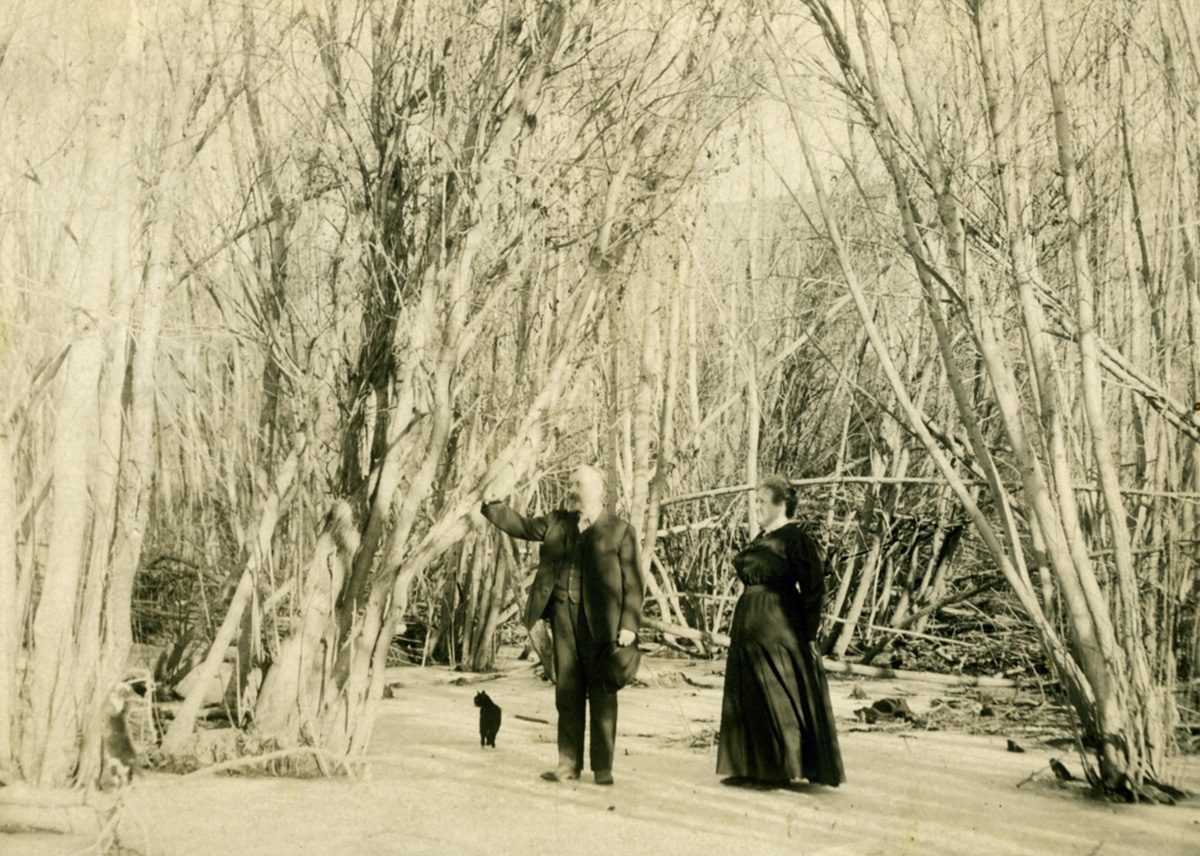
Older people commonly face more health problems than younger individuals. In fact, with age, our organism becomes less resistant to diseases. Combined with the “wear and tear” effect that life has on our bodies, once we reach older age, we need more medical assistance than we ever did before.
Fortunately, geriatric physical therapy has ways of boosting the health of elderly patients. The main tool of this medical discipline is therapy which makes it possible for people to live with conditions such as osteoporosis, Alzheimer's disease, cancer, joint or hip replacement etc., reducing the symptoms of these health problems significantly.
Physical Fitness for Geriatrics
One of the main purposes of geriatric physical therapy is helping older individuals improve their balance and strength, while at the same time increasing the levels of their self-confidence, remaining physically active throughout the process. Thus, the physical activity, practiced regularly during old age is bound to be a factor which results in increased levels of fitness, reduction in pain and the introduction of various other health benefits which make life of the elderly much less difficult.
Furthermore, this form of physical therapy may be useful after the older patients have suffered from some form of injuries, sustained through accidents such as falling, leading to fractures or some other, similar problems. Keeping in mind that, according to the information obtained from the Centers for Disease Control and Prevention, about 1/3 of all elderly people fall at least once every year, exercising and geriatric physical therapy can prevent such occurrences and lead to a faster recovery if they happen nevertheless.
Hip fracture is the common result of falling affecting the elderly. This form of injury usually involves staying in a hospital for at least a week. Hence, about 20% of all older people who experience this die from the effects of the injury. Yet, those who have been physically fit before they sustained the injury have much greater chances of recovering quickly and completely, being strong, independent and productive.
As far as the actual exercises that older people are recommended to perform, stretching, walking, weight lifting, aquatic therapy and some specific forms of physical activity directed towards a certain injured body part, all are highly advised. Moreover, these forms of exercising can be done at home. Yet, it is best for the elderly person to consult with his/her health provider and therapist in order to learn the necessary, safe and productive exercises being the most effective for his/her purposes.
Next, the geriatric physical therapy involves manual therapy, manifesting through manipulation of the patients joints and other forms of tissue, promoting blood circulation and restoring mobility lost after an injury or due to the effects of a health condition.
Also, once undergoing geriatric physical therapy, the elderly patients are taught about the theoretic parts of recovery and injury prevention that exercising applies, learning how to manage daily tasks without risking their health, boosting their independence and self-confidence, raising their quality of life to a higher level.
The help of the physical therapist during this form of therapy can be extremely beneficial. The therapist may help an individual through one-on-one therapies or through group therapies. Either way, these qualified people understand and know everything related to the health and well-being of the elderly. So, they are capable of performing all the diagnostic, educational and therapeutic parts of the treatments, teaching their patients how to use physical activity for preventing health problems even when they leave the hospital or any other form of health facility.
Can Hiking Be Helpful?
Speaking of the importance of physical activity in preventing health problems which might stem from old age and injuries characteristic for this part of a person's life, we cannot fail to mention hiking. Namely, this activity is more than beneficial for all elderly people.
It results in stronger leg muscles which makes regular walking much easier. However, during hiking sessions, elderly people need to be very careful not to go overboard and get injured or strain their joints and muscles too much. Also, in order to prevent leg and muscle cramping, you are advised to take magnesium supplements prior to engaging in hiking activities. Nevertheless, consult with your doctor about these beforehand.
Hiking demands a steady pace which does not to be intensive. Rather, the elderly can modify it according to their liking, keeping injuries and health problems at bay. Thus, it is a low-intensity, long-term endurance activity.
In general, hiking can be very helpful if you follow a set program and pace yourself in the right way, choosing easier and less challenging routes and making sure that your session can be matched with your current physical fitness levels.
The benefits of physical activity are many, and older people can reap countless of these, reflecting positively on their general health. So, regardless of your age, do not neglect the importance of staying physically fit at all times.


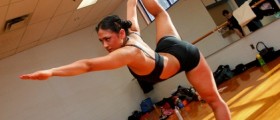

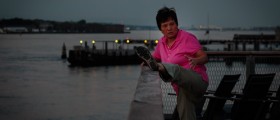
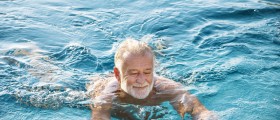
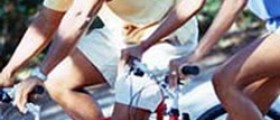
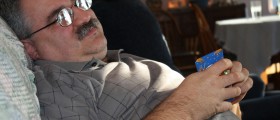
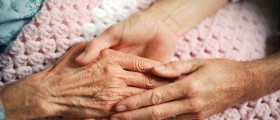

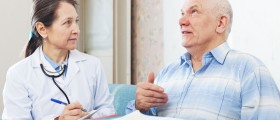
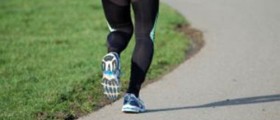
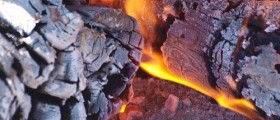
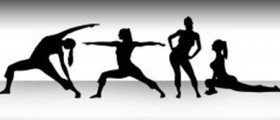


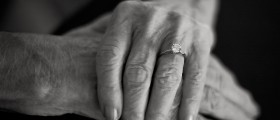
Your thoughts on this
Loading...